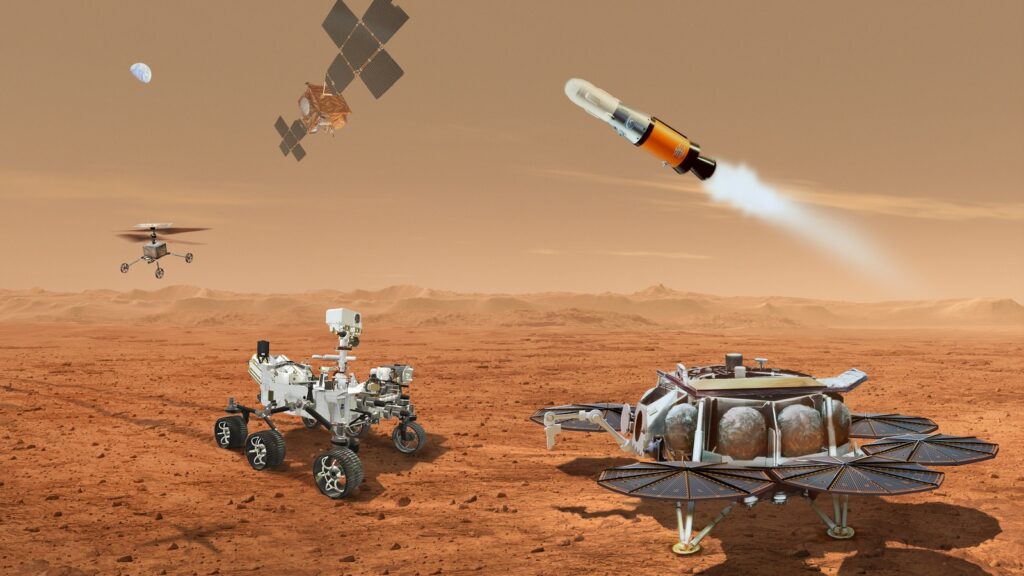The House of Representatives of the US Congress prepares a bill on the NASA budget for 2024. The document, in particular, assumes full funding of the Mars Sample Return (MSR) mission, the purpose of which is to deliver samples of Martian soil to Earth.
NASA budget cuts
In March, the White House published a draft NASA budget for 2024. It provided for the allocation of a total of USD 27.2 billion for the needs of the department. However, in May, it became clear that these plans would remain on paper. The fact is that Congress and the White House have adopted an agreement to raise the debt ceiling in exchange for limiting non-defense spending to the level of last year.

As a result, NASA’s budget was limited to USD 25.4 billion, which led to the need to cut costs. After some time, the US Senate passed a bill that proposed a significant reduction in funding for the MRS mission: from the USD 949 million requested for 2024 to USD 300 million. The senators also wanted to oblige NASA to set a limit on the cost of the mission at USD 5.3 billion, when exceeded, it would be canceled.
Shortly after, the report of the independent commission that conducted the MSR audit was published. The controllers came to the conclusion that the planned budget for the mission was absolutely insufficient for its implementation. According to experts, the possible costs of the project will range from 8 to 11 billion dollars, which is much higher than the Senate’s level. All this raised a legitimate question about the future of the mission.
Second chance for Mars Sample Return
MSR may have gotten a second chance. The bill prepared by the House of Representatives of the US Congress assumes a different funding structure for NASA. The most important difference is MSR. The document provides for the allocation of all the requested USD 949 million in 2024. Moreover, it instructs NASA to request in 2025 the funding needed to launch the MSR by 2030.

The increase in MSR costs has its “price”, in the form of cuts in funding for other NASA programs. Among them are projects on the study of the Earth, as well as astrophysics and heliophysics. In this regard, NASA recently announced the possibility of reducing the cost of maintaining the NASA and Chandra telescopes.
In addition, the bill blocks the allocation of money to finance the Rosalind Franklin rover. Recall that after the breakdown of relations with Roscosmos, ESA turned to NASA for help in this project. It is assumed that NASA will provide a launch vehicle, landing platform components and radioisotope heating units for the mission. At this stage, it was about allocating USD 50 million. But in the current budget situation, Congress is not inclined to allocate even such an amount for this project yet.
According to https://spacenews.com
Follow us on Twitter to get the most interesting space news in time
https://twitter.com/ust_magazine
